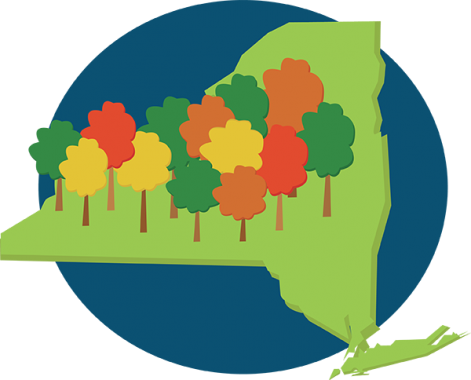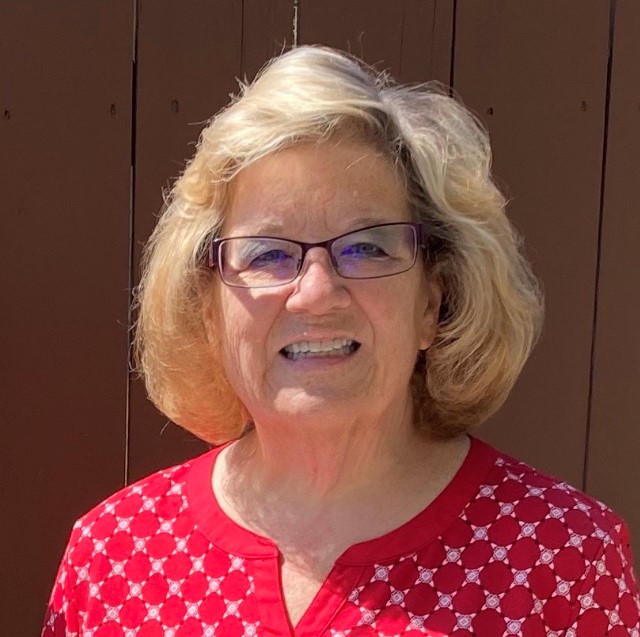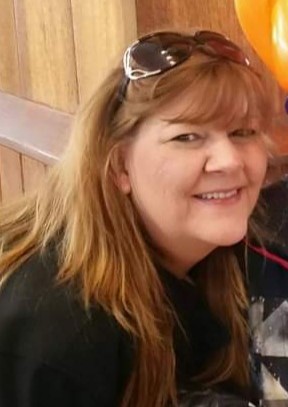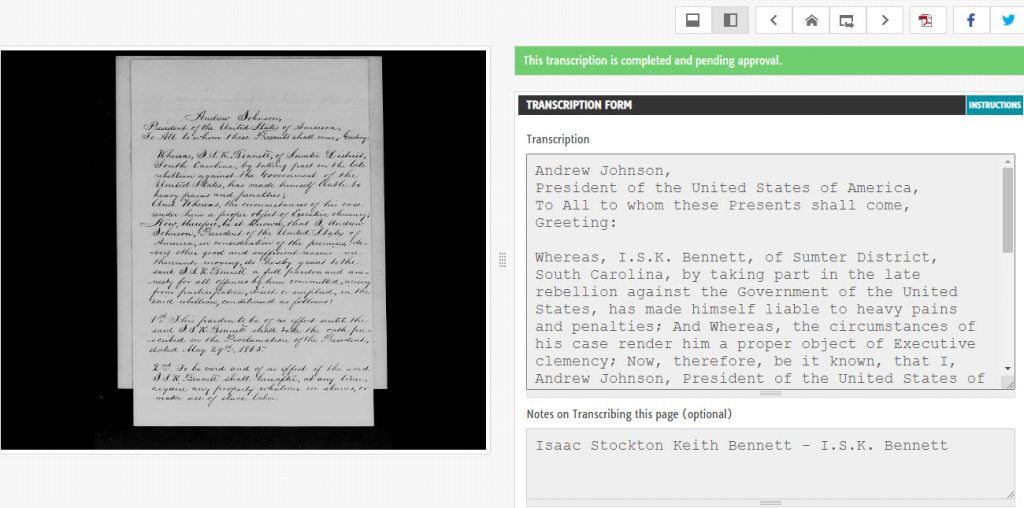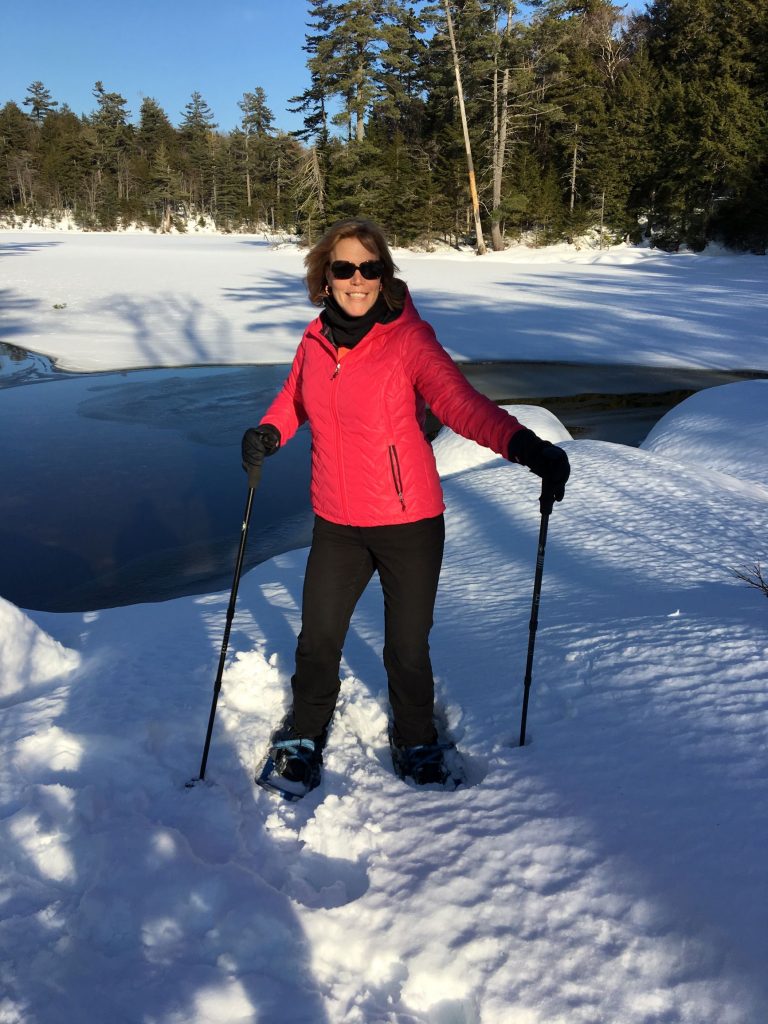Filling our plates with healthy food and avoiding unhealthy temptations can be challenging, particularly as we see prices rise at the grocery store. Excellus BlueCross BlueShield wellbeing engagement consultant Pat Salzer offers some simple tips to help navigate the supermarket aisles and avoid the side dish of guilt. “Food is the spice of life, not the enemy,” she explains.
The key is to set yourself up for success. To do that, Pat advises using “the 4 P’s”: Plan, Purchase, Prep, and Plate.
Plan
“Plan your meals for the week, taking into account what items are on sale, as well as what is already in your kitchen,” says Pat. Planning will ensure a more productive trip to the store.
Purchase
When grocery shopping, stick to your list and avoid impulse purchases. “The grocery store is the gateway for what comes into your home—invite in healthy foods,” advises Pat.
Prep
A little preparation can go a long way not only in stretching a dollar, but in ensuring that healthy options are readily available when hunger strikes. “Prep overnight oats for an easy grab-and-go breakfast in the morning,” suggests Pat. “Have some vegetables sliced up for a quick snack or faster meal prep.”
Plate
What you put on your plate matters. Load it with vegetables. Keep salad and vegetables on the table and main dishes on the stove. “When we go for seconds, we are more likely to grab the food within arm’s length rather than walking to the stove,” reminds Pat.
Keeping costs down
When it comes to keeping nutrition up and costs down, two main principles apply: extend the life of your groceries, and go for less expensive options when possible. Trail mix, for example, can be a pricey item. Instead, try a homemade option made from popcorn, cereal, nuts, raisins, and pretzels.
When cooking a meal, use what you already have on hand and make substitutions. “For example, green beans can be substituted for asparagus, and sweet potatoes for squash,” explains Pat. Extend the life of herbs by cutting the bottoms off and placing them in a glass of water. Expensive greens, such as romaine, arugula, and escarole, can be cooked and stored in the fridge so they last longer. When it comes to saving money and eating healthily, the freezer is your friend. Freeze leftover items such as bananas, tomato paste, and cooked rice. “I often add frozen bananas to my oatmeal or whip them up into a frozen dessert,” says Pat.
And, contrary to common belief, shopping the inner aisles is encouraged. There, you will find less expensive items with longer shelf lives and often packaged in bulk. Not all items in the inner aisles are healthy, but oats, canned vegetables, peanut butter and brown rice are good options. “Frozen and canned vegetables are processed at the peak of freshness and can have more nutrients than fresh vegetables that are past their prime,” explains Pat.
With a little extra effort, you can eat healthy foods and stick to your budget.
